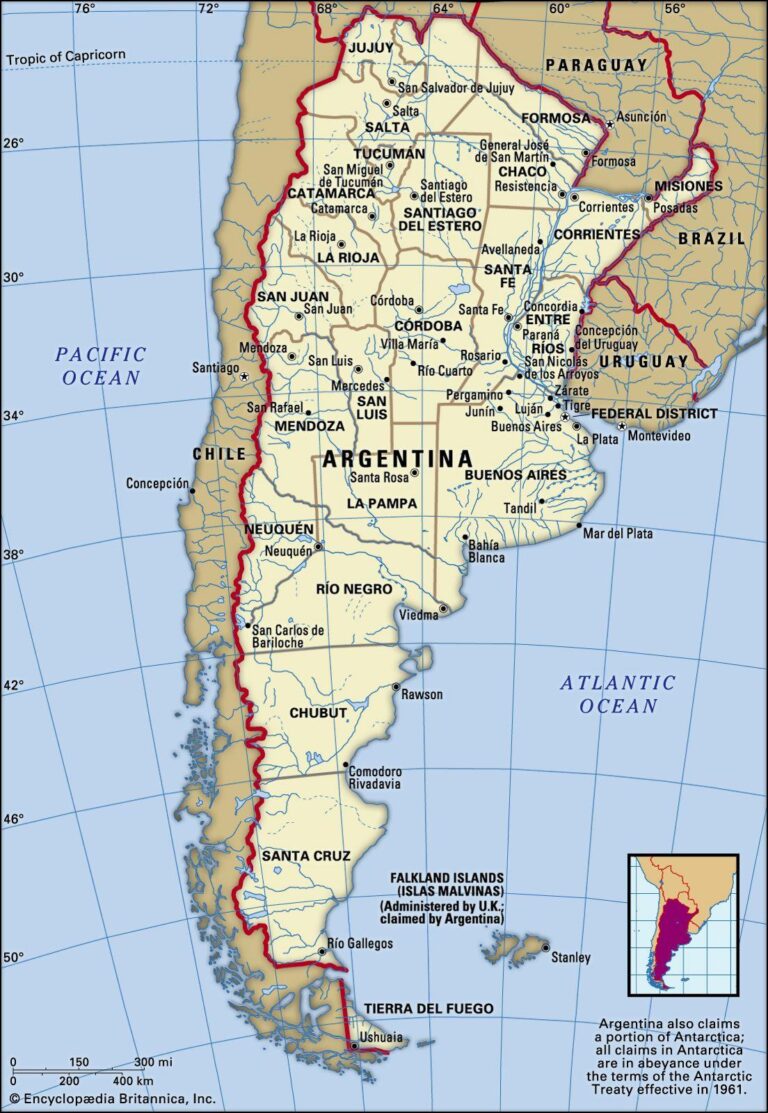Argentina is set to resume soy exports following an official cut in export taxes, industry sources confirmed. According to the country’s leading agricultural chamber, the decision is expected to bring relief to farmers and exporters who have faced prolonged restrictions due to high levies. The move signals a potential shift in Argentina’s trade policy, aiming to boost agricultural sales amid global market uncertainties.
Argentina Set to Resume Soy Exports Following Official Tax Cut Announcement
Argentina’s agricultural sector breathes a sigh of relief as the government’s announcement of an official cut in export taxes paves the way for the resumption of soy exports. The country, a major global supplier, had faced significant disruptions due to elevated taxes that disincentivized trading activity. The recent decision is expected to boost farmer confidence and re-energize the soy supply chain, with expectations of increased shipments in the coming weeks as traders and producers align with the new fiscal framework.
The chamber representing agricultural exporters highlighted several key benefits of the tax adjustment, including:
- Improved international competitiveness by lowering barriers to entry in global markets
- Encouragement of higher production volumes due to better profit margins
- Potential stabilization of domestic prices, benefiting both producers and consumers
| Metric | Before Tax Cut | After Tax Cut |
|---|---|---|
| Tax Rate on Soy Exports | 33% | 27% |
| Estimated Export Volume (MT) | 7 Million | 9 Million |
| Project Export Revenue (USD Billion) | 3.5 | 4.2 |
Economic Impact of Tax Reduction on Argentina’s Agricultural Sector
The recent announcement of a tax reduction has sparked optimism across Argentina’s agricultural community, particularly within the soybean sector. Farmers and exporters who faced heavy burdens due to previous export levies are expected to regain momentum, with improved cash flows empowering them to ramp up production and international trade activities. This tax relief is projected to lower operational costs significantly, encouraging reinvestment in farm technologies and infrastructure. Additionally, the move is poised to enhance Argentina’s competitiveness in the global soy market, potentially boosting export volumes and foreign currency inflows.
Industry experts highlight several key outcomes stemming from the tax cut:
- Increased export volumes: Reduced taxation incentivizes producers to ship higher quantities abroad.
- Improved farmer profitability: Lower export duties translate to better margins for agribusinesses.
- Revival of supply chain investments: Enhanced liquidity may lead to modernization of storage and transport facilities.
- Positive ripple effect on rural economies: Job creation and heightened economic activity in farming regions.
| Metric | Before Tax Cut | Projected After Tax Cut |
|---|---|---|
| Export Volume (millions of tons) | 35 | 42 |
| Average Export Tax Rate | 33% | 15% |
| Farmer Net Profit Margin | 12% | 20% |
| Investment in Equipment ($ million) | 150 | 230 |
Recommendations for Traders Navigating Volatility in Soybean Markets
In light of Argentina’s anticipated resumption of soybean exports following an official tax cut, traders should adopt a vigilant approach to capitalize on emerging opportunities while managing risks. Market volatility is expected as supply dynamics shift, making it crucial to monitor government announcements closely and adjust positions accordingly. Diversifying exposure across futures contracts and options can help mitigate potential losses from sudden price swings. Additionally, leveraging real-time data feeds and analytical tools will enable quicker responses to unexpected changes in export volumes.
Risk management strategies must be reinforced, especially considering potential price rebounds triggered by export activity. The following tactics are recommended:
- Set flexible stop-loss orders to protect gains without prematurely exiting positions amid noise.
- Keep abreast of international demand trends, particularly from top importers like China and the EU.
- Use hedging instruments like options to lock in margins against fluctuating export policies.
| Key Factors | Impact on Traders |
|---|---|
| Tax cut ratification | Increased export volumes; potential price correction |
| Global demand shifts | Price volatility; opportunity for strategic buys |
| Weather conditions in Argentina | Influences supply forecasts and market sentiment |
Closing Remarks
As Argentina moves closer to officially reducing export taxes on soy, the resumption of shipments signals potential relief for the agricultural sector and global markets reliant on the country’s soybean supply. Industry leaders remain watchful for government confirmation of the policy change, which could reshape trade dynamics and impact commodity prices in the coming weeks. Stakeholders will be closely monitoring the evolving situation as Argentina seeks to balance fiscal priorities with the needs of its critical export industries.




